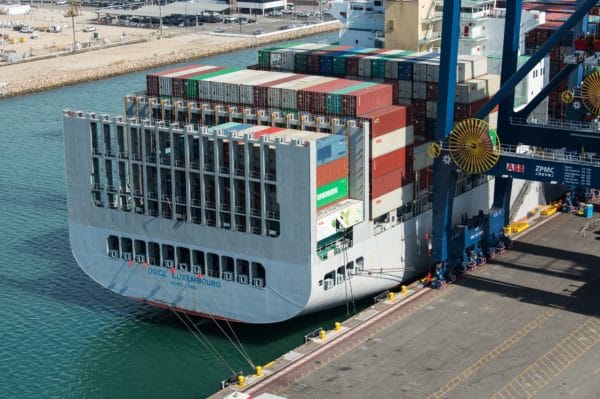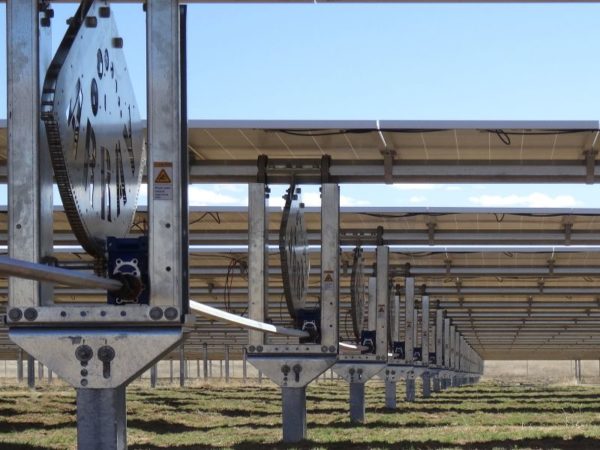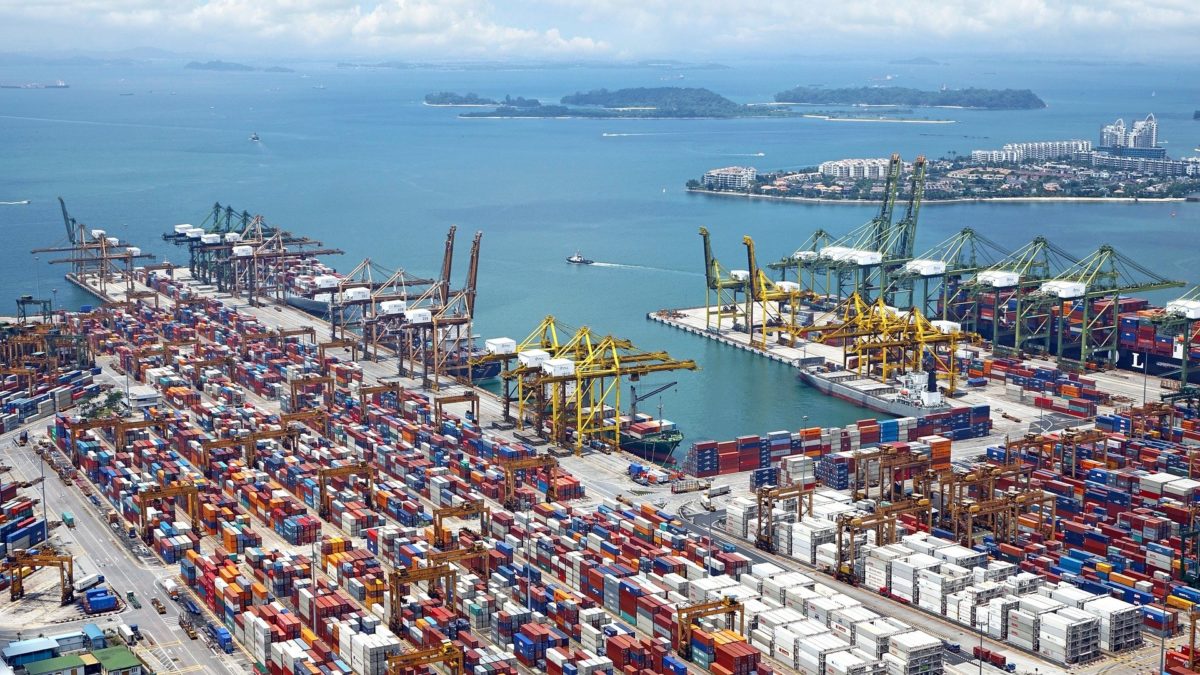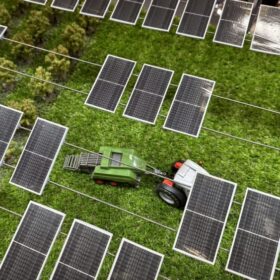Equity research firm Roth Capital Advisors warned clients in a May 16 research note that current price pressures could delay as much as 15% of planned 2021 utility scale solar development.
“With everything at elevated levels, some projects will get pushed,” the firm said.
Roth Capital said that U.S. utility scale module pricing six months ago for delivery in the third quarter of 2022 was on the order of $0.25 per Watt freight on board (FOB), or $0.27/W delivered duty paid (DDP).
It pegged more recent pricing at $0.28/W FOB and as high as $0.32/W DDP. It said that with unlevered internal rates of return as low as 4-8% and levered IRRs of between 13-18%, “there is not much room to absorb input cost inflation.”

Image: NREL/Dennis Schroeder
The U.S. Energy Information Administration’s most recent Short Term Energy Outlook forecast utility-scale solar additions to be around 15.7 GW this year and 15.9 GW in 2022. Shaving off 15% would trim new capacity additions by more than 2.3 GW this year alone.
Roth Capital said that pricing appears to be up across the solar value chain. It reported that Tongwei raised its cell pricing for the fourth time in a month, and that LONGi announced its largest price increase in the last 12 months.
“Unprecedented”
In a quarterly earnings statement, Albuquerque-based Array Technologies, which makes single-axis trackers, said the industry is dealing with increases in steel and shipping costs that are “unprecedented both in their magnitude and rate of change.” It said that compared to the first quarter or 2020, spot prices of hot rolled coil steel more than doubled in the first quarter of 2021. It said prices have continued to increase in the second quarter with spot prices up “over 10% since April 1.”

Image: Array Technologies
Array said that steel makes up almost half of its cost of goods sold. And because it does hold large inventories, “a significant increase in the price of steel over a short period of time can negatively impact our results.”
The company said it was passing through higher commodity and shipping costs to customers, fixing commodity prices with suppliers, entering into long-term contracts with freight providers, further diversifying its supply base, and increasing order lead-times to give it more time to procure raw material.
Array said that it believed that its competitors were being hit by the same cost increases and, in some cases, “much more significantly because their smaller size gives them less buying power with suppliers.” The near-term pressure could help it grow its market share if some competitors are unable to deliver given their inability to buy raw materials at a competitive price “or at all.”
Array said it expected steel prices and shipping costs to normalize once the “restart” of the global economy is complete following the Covid-19 pandemic shutdowns. Even so, in its earnings statement, the company suspended its performance guidance for the rest of the year. It said it expected to update guidance following a review of all of its open purchase orders, and once commodity and shipping prices stabilize.
100% price increase
Array Technologies is not alone in feeling the effects of higher supply chain prices. In its quarterly earnings report, SolarEdge Technologies warned that a spike in ocean freight rates was likely to impact its second quarter results.

Image: David Wagman
“Ocean freight prices have increased by more than 100% over the last month, and our pre-negotiated prices have gradually expired and exposed us to higher fright costs worldwide,” said Ronan Faier, SolarEdge’s chief financial officer in an early May earnings call. Higher costs for certain components and freight costs related to the expedited shipping of components will also factor into lower Q2 margins, he said.
Faier said SolarEdge is managing component shortages while still being able to meet its annual operating plan. At times, however, it has had to pay more for a component or resort to air transport to ship components to its contract manufacturers’ facilities.
In an earlier market research note, Roth Capital described 2020 as a year of upside driven by an ever-improving demand outlook. By contrast, it characterized 2021 as a “supply-side story” with “steady and unrelenting increase” in prices of raw materials and components.
This content is protected by copyright and may not be reused. If you want to cooperate with us and would like to reuse some of our content, please contact: editors@pv-magazine.com.









By submitting this form you agree to pv magazine using your data for the purposes of publishing your comment.
Your personal data will only be disclosed or otherwise transmitted to third parties for the purposes of spam filtering or if this is necessary for technical maintenance of the website. Any other transfer to third parties will not take place unless this is justified on the basis of applicable data protection regulations or if pv magazine is legally obliged to do so.
You may revoke this consent at any time with effect for the future, in which case your personal data will be deleted immediately. Otherwise, your data will be deleted if pv magazine has processed your request or the purpose of data storage is fulfilled.
Further information on data privacy can be found in our Data Protection Policy.